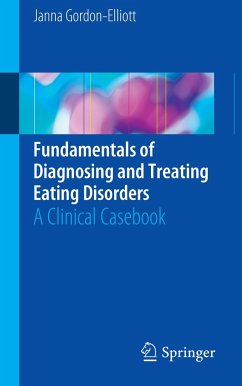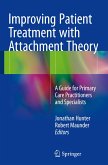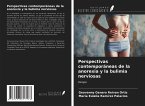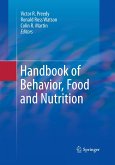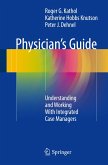This concise text contains clinical cases covering different types of dysfunctional eating with a focus on the eating disorders in the DSM-5, including the new disorder Avoidant-Restrictive Food Intake Disorder (ARFID). Each case will follow the format of clinical presentation, diagnosis, discussion, and suggested readings. The discussion sections will prioritize treatment and management, with practical tips for clinicians. The text will also include boxed "quick snapshots" with important fundamentals that are relevant to the case and the diagnosis or diagnoses being presented. Presentations that are common in clinical practice, but that may not fit neatly into one specific diagnostic category, will also be reviewed, with guidance on principles of assessment, prioritization of problems, formulation, and management. The book encourages the consideration of comorbidities and differential diagnosis. The structure of the book's content will give readers a head-start in honing their differential diagnosis skills in the area of eating disorders. The book is split into three categories, based on the most immediately visible features of the case: I. The person who eats too little, II. The person who eats too much, III. The person who eats in an odd or idiosyncratic way. For teaching purposes, several of the cases describe a "not normal" eating presentation that are not classified within one of the current definitions of a psychiatric disorder. Fundamentals of Diagnosing and Treating Eating Disorders is aimed at psychiatrists, primary care physicians, and other clinicians who may see patients with eating disorders.
"The purpose was to create a brief but comprehensive and approachable learning tool for those looking to become more confident in caring for patients with feeding and eating disorders. The book is suitable for learners at various stages of clinical training who are looking for an introduction to the basic clinical considerations in the diagnosis and treatment of patients with feeding and eating disorders. ... a great choice for learners looking to enhance their basic knowledge and differential diagnostic skills!" (Alexandra E. Hedberg, Doody's Book Reviews, March, 2016)

